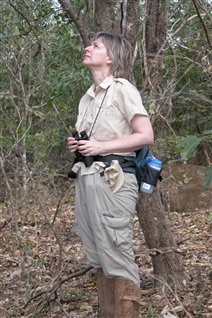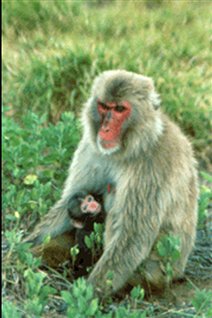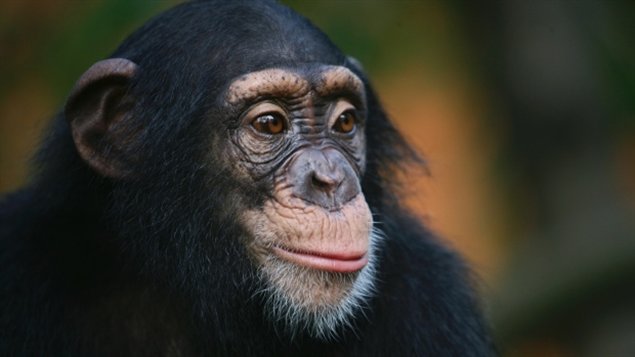Actually the headline is a bit misleading as its virtually impossible to determine if female primates in the wild experience hot flashes, and no-one has studied it in lab situations.
That said, a new study compared seven species of primates to humans and found that it might be the case as human females are indeed unique when it comes issues surrounding menopause. This includes questions of childbearing, survivability and lifespan.
Professor Linda Fedigan PhD co-authored the study. She holds the Canada Research Chair in Primatology and Bioanthropology at the University of Calgary, in the western province of Alberta.
Listen
Professor Fedigan has been studying primates for some 30 years and is the author of several books and papers on them.
Her latest research shows that unlike our primate relatives, and indeed most mammals, human females are unique in that they live well beyond their child-bearing years.
In their research, Professor Fedigan and colleagues conducted long-term reproductive studies of several species of monkeys, chimps and apes from various areas around the world. When comparing the data to humans, they studied statistics of women from areas and time frames little affected by modern medicine and foods to avoid statistical information that was artificially skewed by these factors.
What they found was that in very general terms, menopause in primates, humans, and indeed other long-lived mammals tends to start declining after 30 years and ceases at about the 50 year period. Unlike other species where the females die soon after their reproductive ability ceases, human females still have about half their lives ahead of them.
Professor Fedigan says from an evolutionary viewpoint this is quite unique and extremely interesting.
She says there are two hypotheses for this. Female babies are born with their entire supply of eggs and one theory is that eggs in mammals have a “shelf-life” and are designed to run out by about the 50 year mark. Over the course of evolution, it’s thought that there was a selection for longer lived humans, (which may tie-in to the second theory) but that evolution could not overcome the “best-before” date of eggs. Thus, human females, with low mortality rates and long lives, simply live well beyond a deteriorating and dwindling supply of eggs.

Another theory is called the “grandmother hypothesis”. In primates, and other mammals, the young are able to fend for themselves almost as soon as they are weaned. Generally, food is not shared with young after they are weaned.
Human young develop much more slowly and require more long-term care. The theory is that it’s better at some point to stop producing more offspring and devote more time to ensuring their survival, and indeed also help their own daughters in the care and survival of the grandchildren. There is some evidence in human hunter-gatherer populations to indicate that the survival rate of young is greater when grandmothers (and grandfathers) are present.
The study was released in an online edition of the journal Proceedings of the National Academy of Sciences.
Professor Fedigan, considered one of the world’s top researchers in this field will be continuing her studies into primate reproductive success and survivability issues.
Dr. Fedigan co-authored research paper of reproduction-aging pattern in primates
Linda M Fedigan website (includes research and publications)







For reasons beyond our control, and for an undetermined period of time, our comment section is now closed. However, our social networks remain open to your contributions.